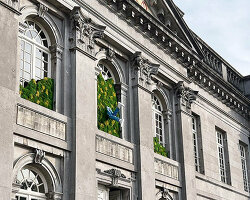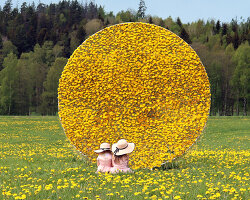KEEP UP WITH OUR DAILY AND WEEKLY NEWSLETTERS
PRODUCT LIBRARY
with behemoth installations, scandinavia's largest exhibition of anish kapoor's works opens at ARKEN museum.
connections: +390
we're getting ready for the pre-opening launching today until friday, with public access scheduled for the 20th.
connections: 13
designboom speaks with french artist JR about la nascita, his new monumental rock installation just outside milan central station.
the 'poet of iron', as dubbed by his colleagues, passed away at his home in orient, new york, after a battle with pneumonia.
connections: +110
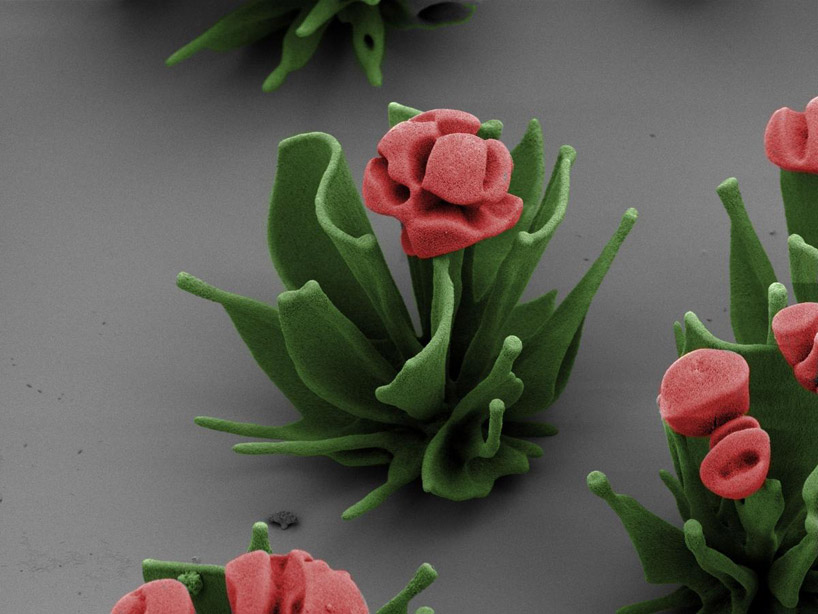
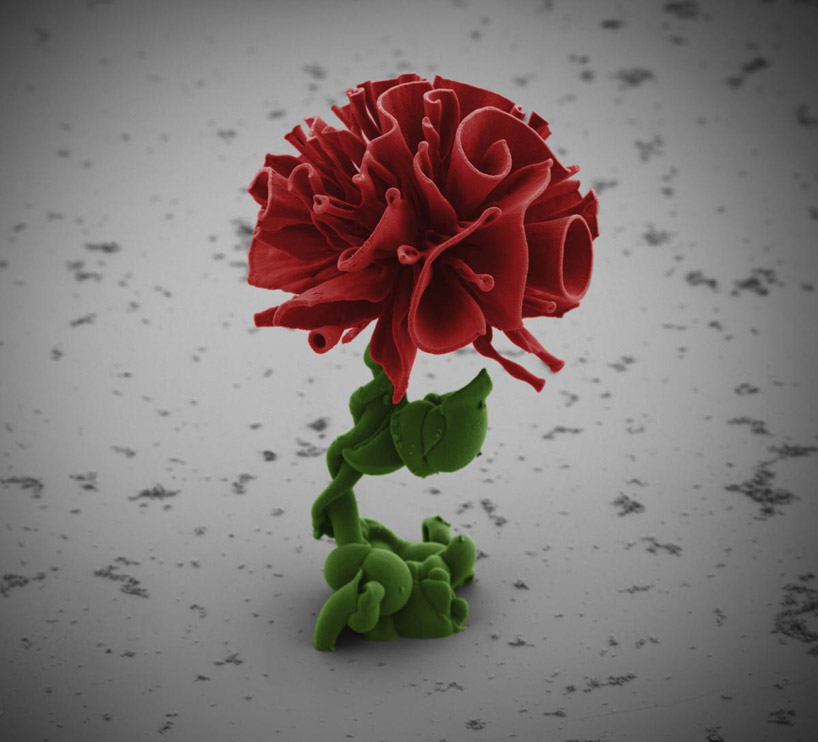 a collective of microscopic flowers are produced by dissolving barium chloride and sodium silicate into a beaker of water
a collective of microscopic flowers are produced by dissolving barium chloride and sodium silicate into a beaker of water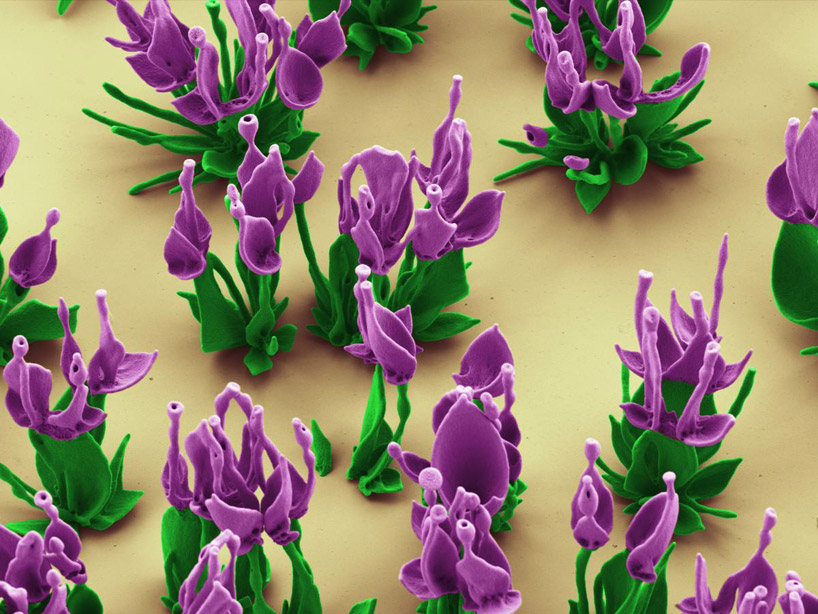 in a chemical reaction, barium carbonate crystals are formed as carbon dioxide from the air to diffuses the solution, creating an intricate jagged forms
in a chemical reaction, barium carbonate crystals are formed as carbon dioxide from the air to diffuses the solution, creating an intricate jagged forms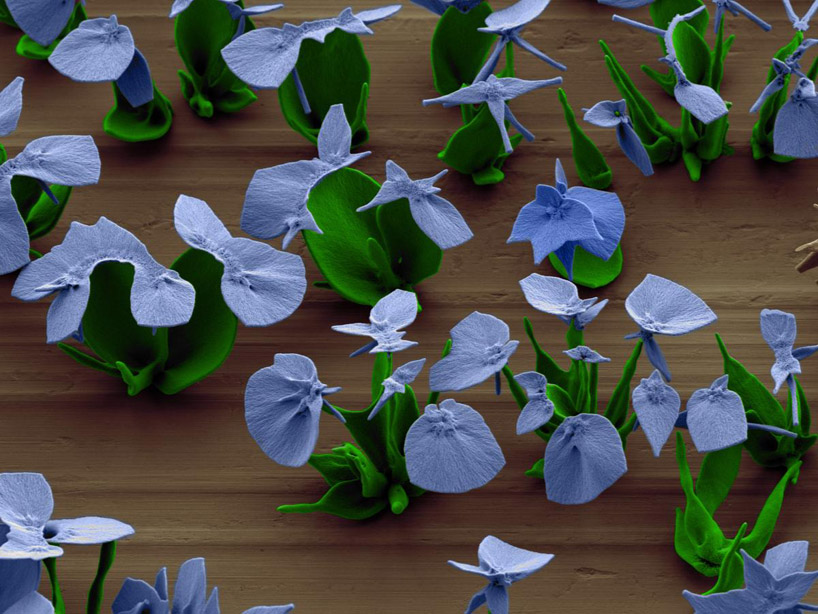 the structure of a shell dramatically changes as the acidity of the solution and the temperature become modified
the structure of a shell dramatically changes as the acidity of the solution and the temperature become modified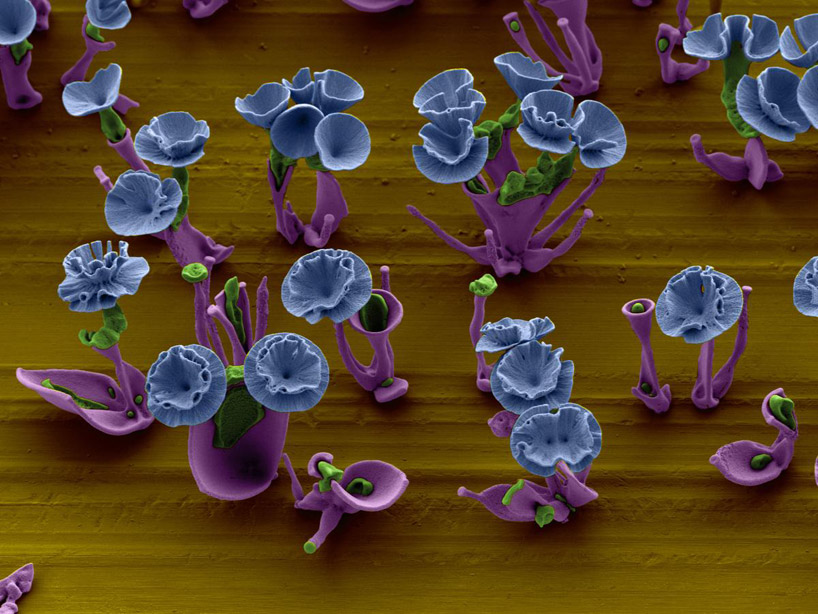 images are then taken using an electron microscope – which capture details of the composition.
images are then taken using an electron microscope – which capture details of the composition.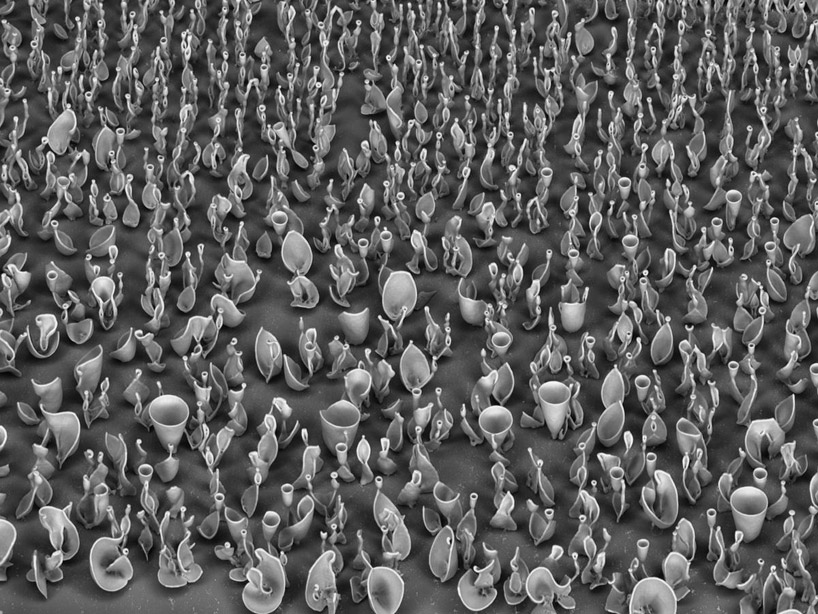 garden of flowers
garden of flowers
